Located in the province's Lap Thach district, Binh Son Tower is a stunning remnant of the Tran Dynasty (1225-1400 AD), when Buddhism permeated Vietnam's religious and cultural life.
The 11-storey structure, known by locals as Then Tower, has a solid but slender shape that tapers off as it gets higher. The base of the platform is as wide as 4.45 metres, while the highest storey measures only 1.55 metres across.
The inside of the tower is empty, possibly an attempt to lighten the burden of the upper storeys on the base of the platform.
Centuries of wear have taken their toll on the otherwise resilient tower, with the top three storeys getting destroyed along the way. At 15-metres high, though, Binh Son is still one of the tallest religious towers in Vietnam. It was built with ornamental bricks linked together by a system of tendons and bolts. Two types of mortar were used: one was yellow gummy earth and the other was a mixture of lime, treacle and do paper (paper made from the do tree).
The unique beauty of the tower comes from the bare terracotta bricks covering its surface, causing it to glow in the sunshine and making it recognisable from dozens of kilometres away.
Architectural studies have found that the four sides of the tower were made in advance by artisans, who then cut them into smaller decorative bricks. The bricks were marked with an identification system to ensure that the tower was built precisely as planned.
Many of the bricks still contain their original delicate patterns of leaves, flowers, dragons and lions playing with balls.
The patterns on the upper storeys are simpler and fewer in number.
The tower's location near the Lo River made it susceptible to fierce floods in 1969 and 1971, which damaged parts of it and almost transformed it into Vietnam's own Leaning Tower of Pisa. In 1972, experts from the former Ministry of Culture set up a project to restore the relic. At first, Russian experts wanted to use a steel frame to gradually correct the tower's lean, but this plan was rejected for fear of irreparably damaging the structure.
Finally, Vietnamese experts decided to dismantle the tower completely, where upon they learned that nearly 19,000 bricks were used in the construction. They built a huge cubic foundation out of concrete, upon which the tower now rests. After re-installation, the tower is now four metres taller than it was before, although all of its original architectural features have been kept intact.
Near Binh Son Tower is a large well made of stone, which some believe might be as old as the tower itself.
"One legend says that it's the footstep of a giant, while some say it is the remains of another tower, known as the green tower, but the latter theory is not likely as we have yet to discover any supporting proof," says Vu Thi, a member of the Binh Son Relics Management Board.
The tower resembles a pen, while the well looks like an accompanying inkpot. At around 9am on sunny days, the tower's shadow falls directly on the well, and it looks as if someone is dipping a giant pen in an enormous inkpot. In 2000, the villagers decided to officially name the structures the Ink Well to recognise the tradition of learning among locals.
"Since we came up with that name, the children in our village have done better and better in school. To date, Tam Son commune has produced 16 doctors and countless other degree-holders," said Mr Thi.
Timeout
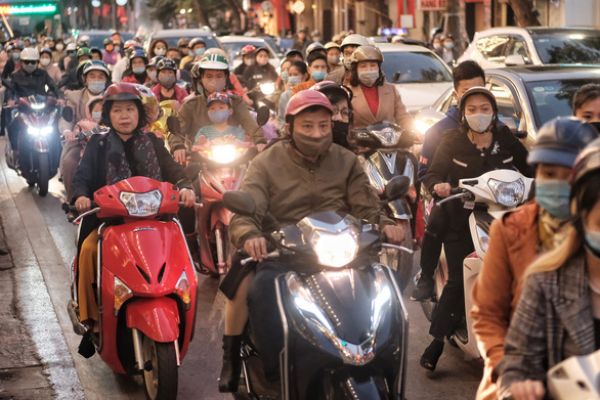
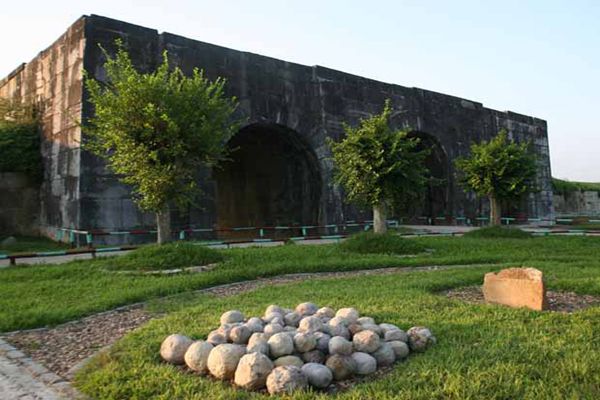

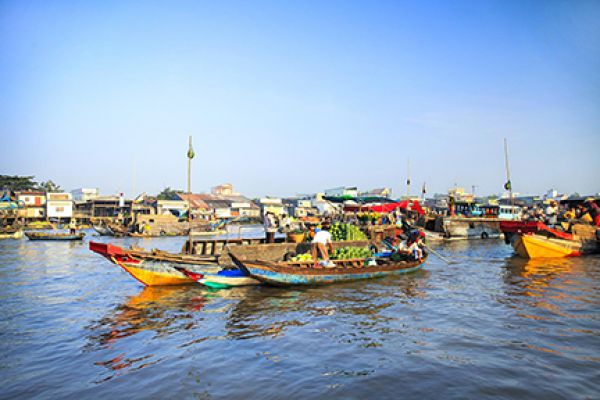


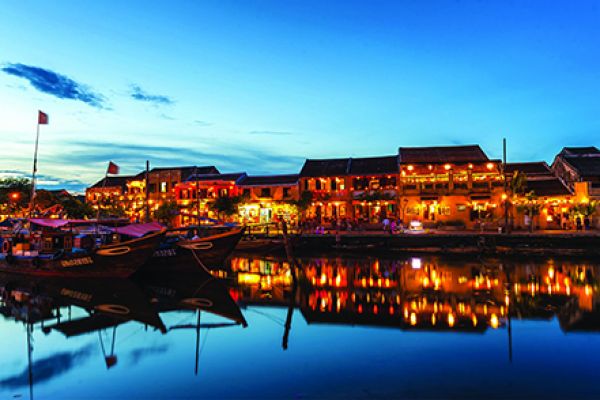
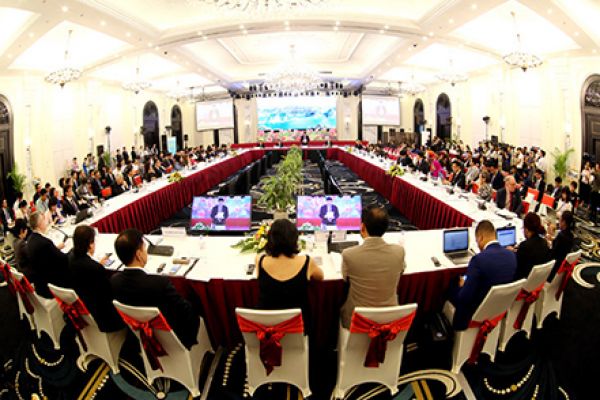
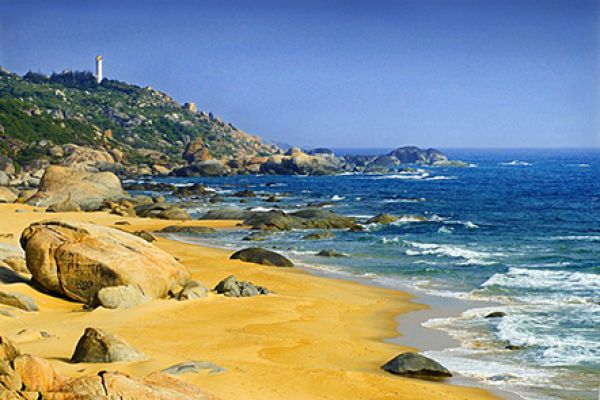
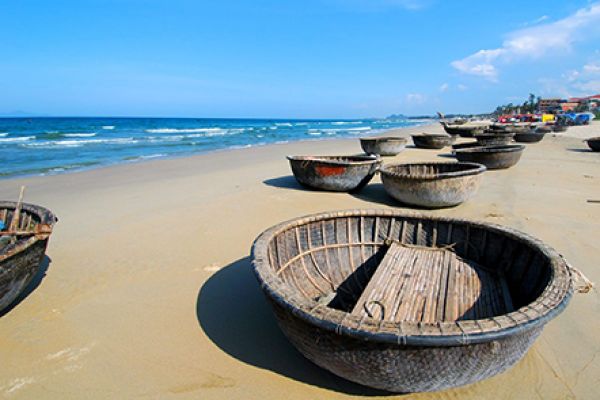
(84-63) 3 826042 – (84-63) 3 511142
No 54 Nguyen Dinh Chieu, Ham Tien Central Mui Ne Beach Binh Thuan Vietnam
523 To Hien Thanh District 10 Ho Chi Minh City Vietnam
Ha Long Halong City Quang Ninh Vietnam
A13 Hung Thong 2 Halong City Quang Ninh Vietnam




